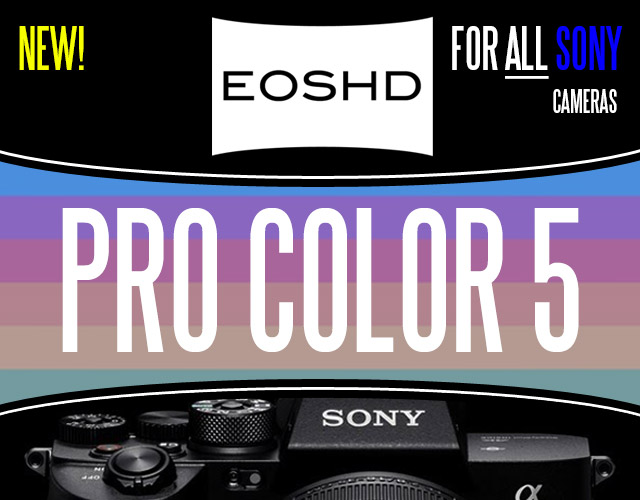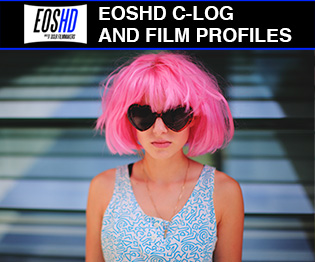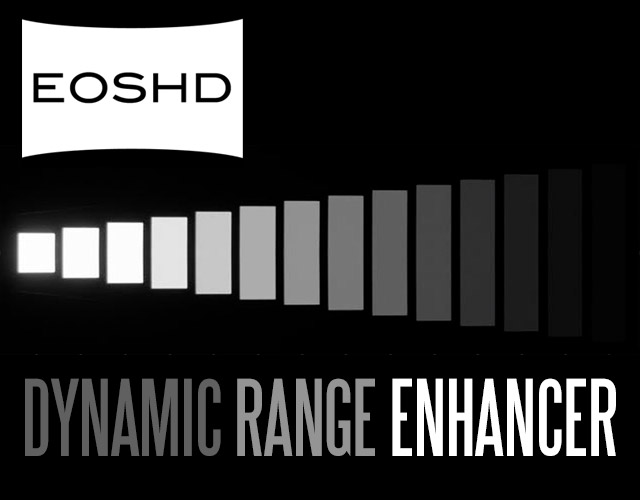-
Similar Content
-
- 0 replies
- 2,268 views
-
- 0 replies
- 1,677 views
-
- 1 reply
- 2,386 views
-
- 4 replies
- 4,254 views
-
4K Premiere sequence settings with GH4 footage when outputting to 1080p? Need workflow advice.
By nathanleebush,
- 3 replies
- 9,888 views
-






Recommended Posts
Join the conversation
You can post now and register later. If you have an account, sign in now to post with your account.
Note: Your post will require moderator approval before it will be visible.